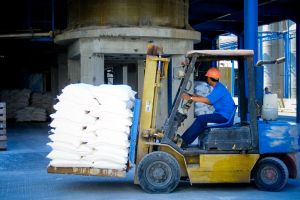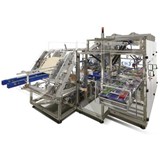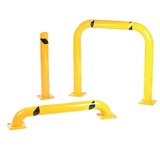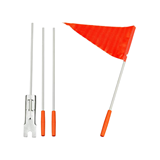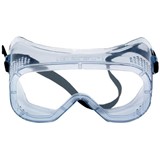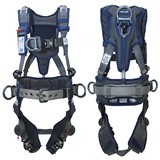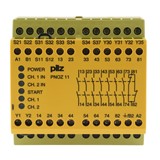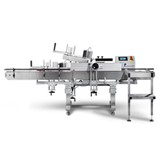The meticulous details included in Australian Standards are designed by volunteers from government, industry, union and community organisations, and the updated draft comprises guidelines for practices in low voltage areas, ranging from forklift power generating hubs and relocatable safety stations, to machinery and equipment power depots across industries.
Because of the traditionally voluntary nature of our national Australian Standards, regulators in each state can decide when, or if, they will use the revised Australian Standard approach to working in low voltage areas.
The head of Standards Engagement for Standards Australia, Andrew Harper, explained that "it will be up to regulators on whether to mandate the Australian Standard requirements."
The latest standard is designed as nationally consistent for working in low voltage areas. It includes revised pointers on issues such as de-energising an area for work on electrical tasks in specific areas of a factory or depot.
Industry insiders say that the contents of the standard in its present form of a public comment draft, could be escalated in coming years with the introduction of nationally harmonised health and safety laws in Australia.
Discussion points include exceptions in de-energising a work area. For example when necessary for testing an installation to see if it works; asbestos related work procedures around switchboards; and continuing deliberations over styles of body covering in personal protective clothing.
"But (in every case) employers are obliged to provide safe workplaces," one state regulator representative said.
An electrical engineer for NSW firm, Capability Resources, Kerry McTaggart, explained that his company will adhere to everything in the draft, as an efficient form of risk assessment and matrix, where a client company had none.
"In resources situations particularly, we use our own matrixes and are way in front of the standard."
Travelling widely, McTaggart heads compliance within the firm which means assisting in risk assessments. He described the latest draft Australian Standard as very good for people who have not been exposed to the level of safe work that his company has practiced.
"This is by necessity, because it is industrial or mining work," he explained. "Everything in the document is useful information."
This is because some people still continued to work in electrically energised situations.
"Hopefully more employers will pass on the new guidelines (when they come out) to their workers," McTaggart said. He pointed to the use of observers in situations where a risk assessor makes a decision that work can only be done live.
"In the interests of safety, they should appoint an observer, say, another electrician, to assess whether to work live or not," McTaggart said, explaining that the draft Australian Standard covers a broad range of electrical work, such as how to use a range of equipment.
"Electric shocks would be reduced considerably if the Australian Standard is adopted widely," McTaggart concluded.

